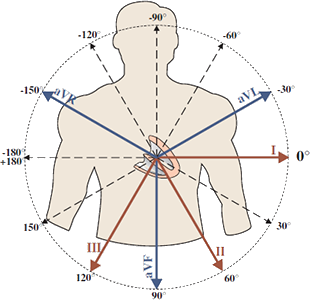
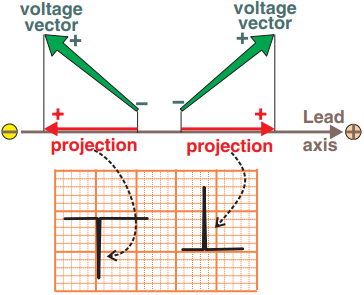
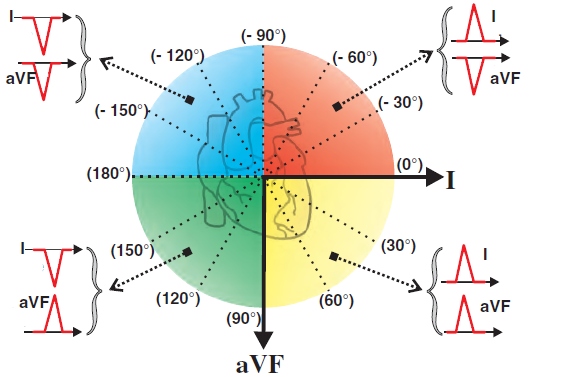
Main Cardiac Vector and the 4 Quadrants
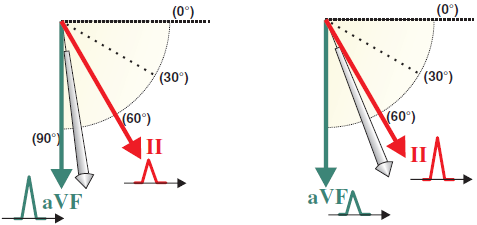
Magnitude of the R Wave and the Main Cardiac Vector
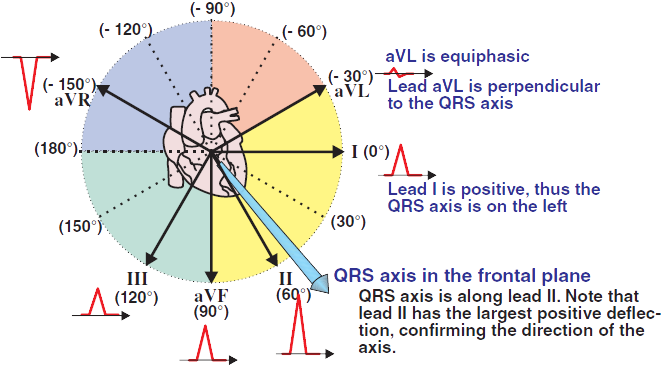
Biphasic QRS Complex
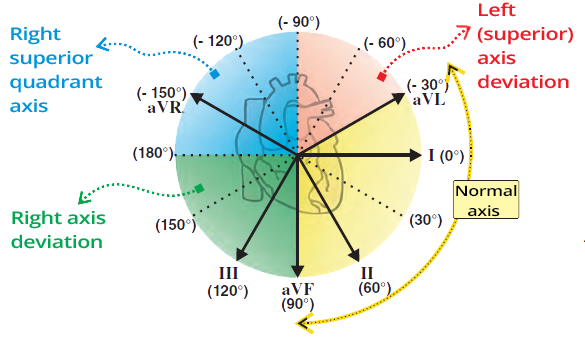
Normal (Intermediate) Cardiac Axis

Cardiac Axis in the Upper Left Quadrant
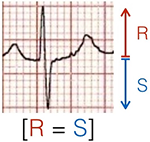
Equiphasic
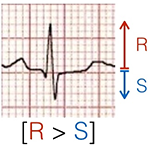
Predominantly Positive
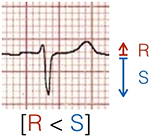
Predominantly Negative


Normal Cardiac Axis
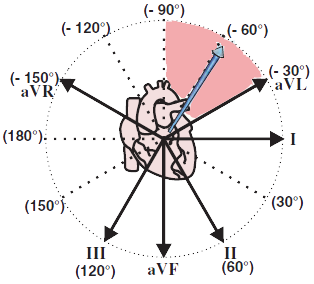

Left Axis Deviation
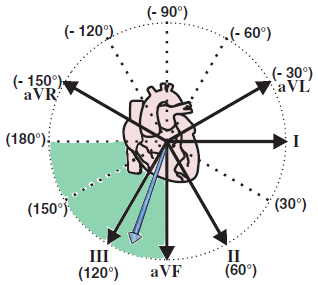

Right Axis Deviation
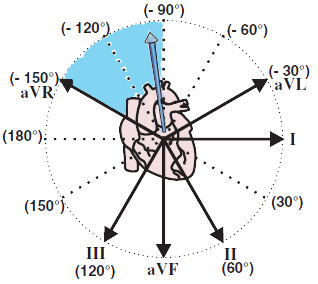

Extreme Axis Deviation
Sources
Limb ECG Leads
|

|

|
Positive and Negative ECG Deflections
|

Main Cardiac Vector and the 4 Quadrants

Magnitude of the R Wave and the Main Cardiac Vector

Biphasic QRS Complex

Normal (Intermediate) Cardiac Axis

Cardiac Axis in the Upper Left Quadrant

Equiphasic
|

Predominantly Positive
|

Predominantly Negative
|

|
|
|
Normal Cardiac Axis
|

|

|
|
|
Left Axis Deviation
|

|

|
|
|
Right Axis Deviation
|

|

|
|
|
Extreme Axis Deviation
|

|
Sources